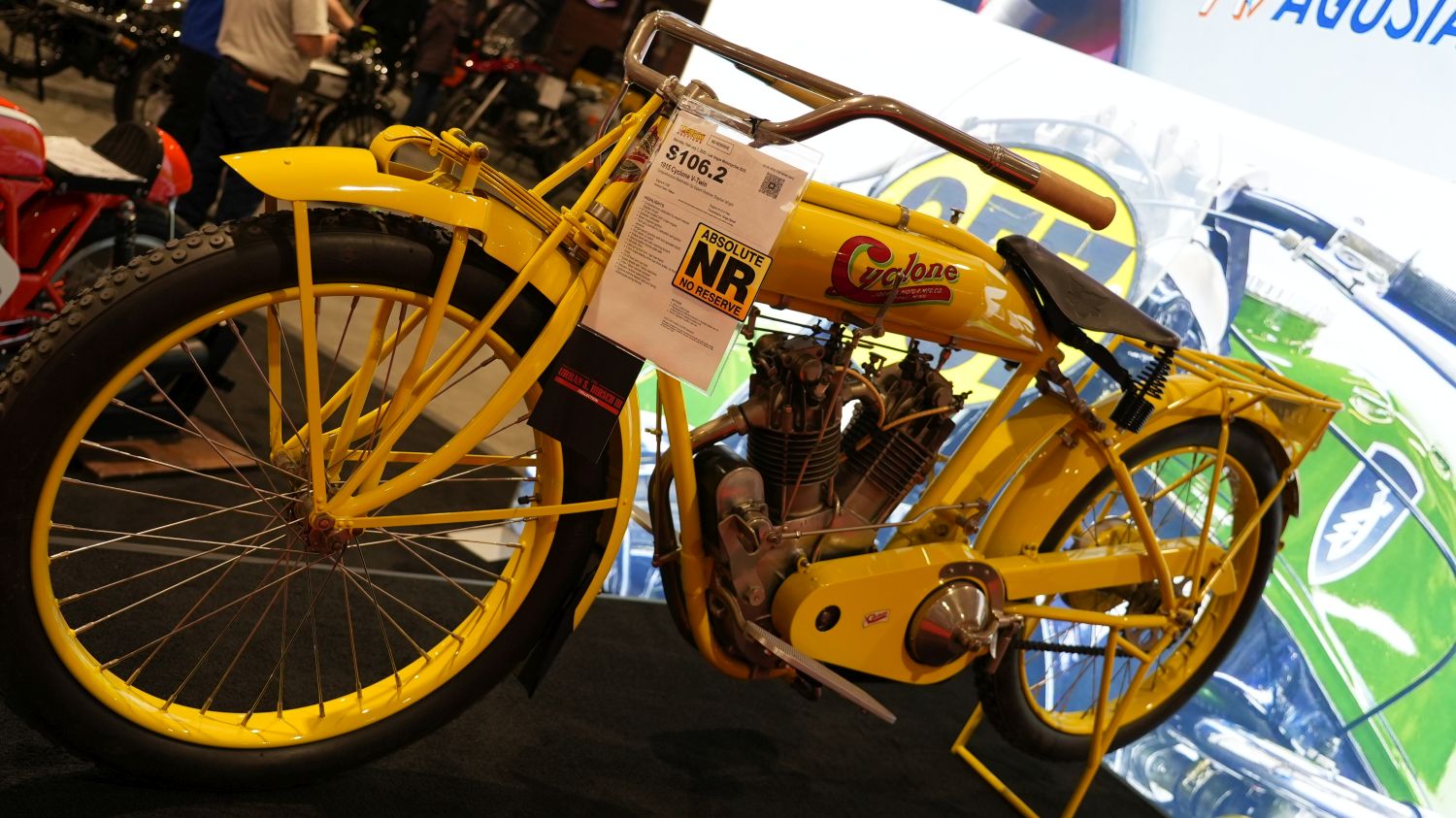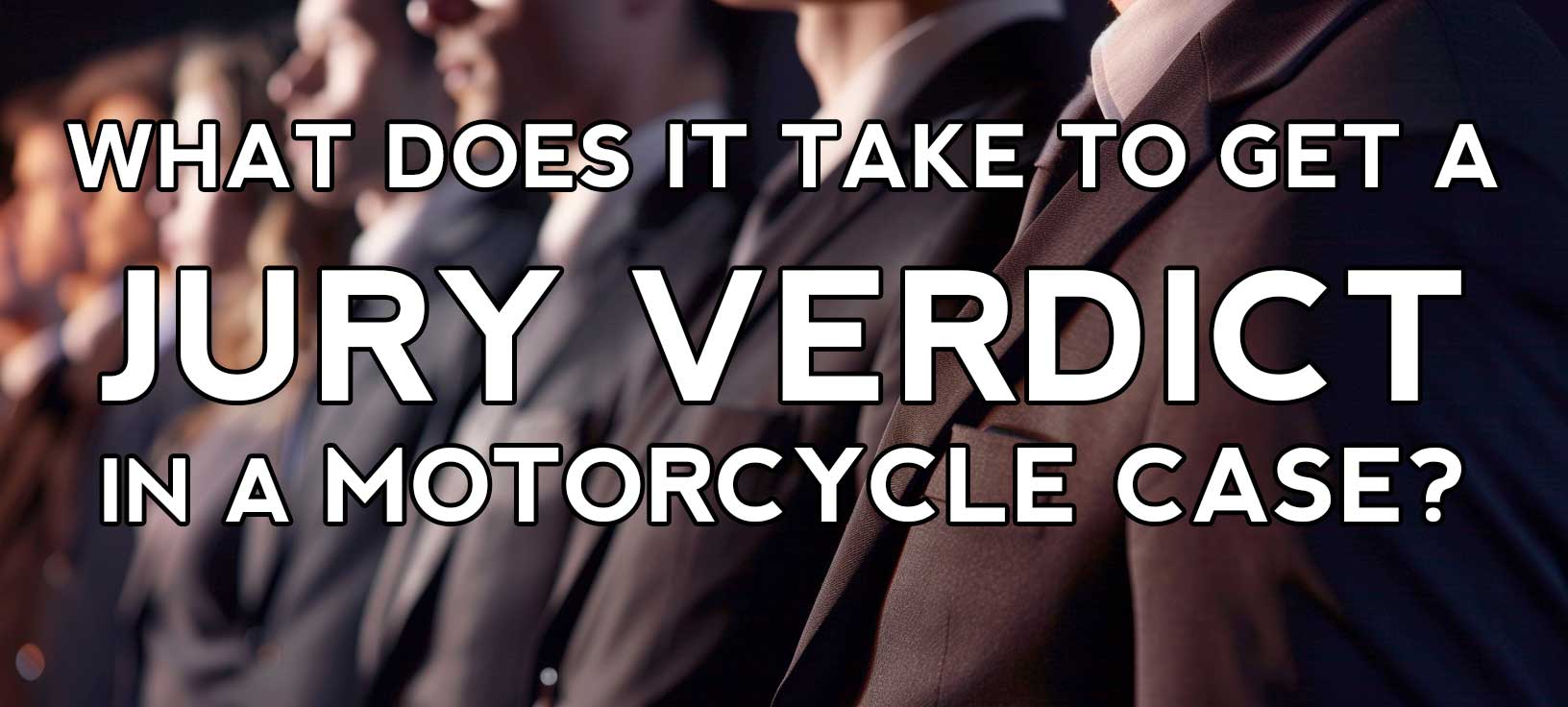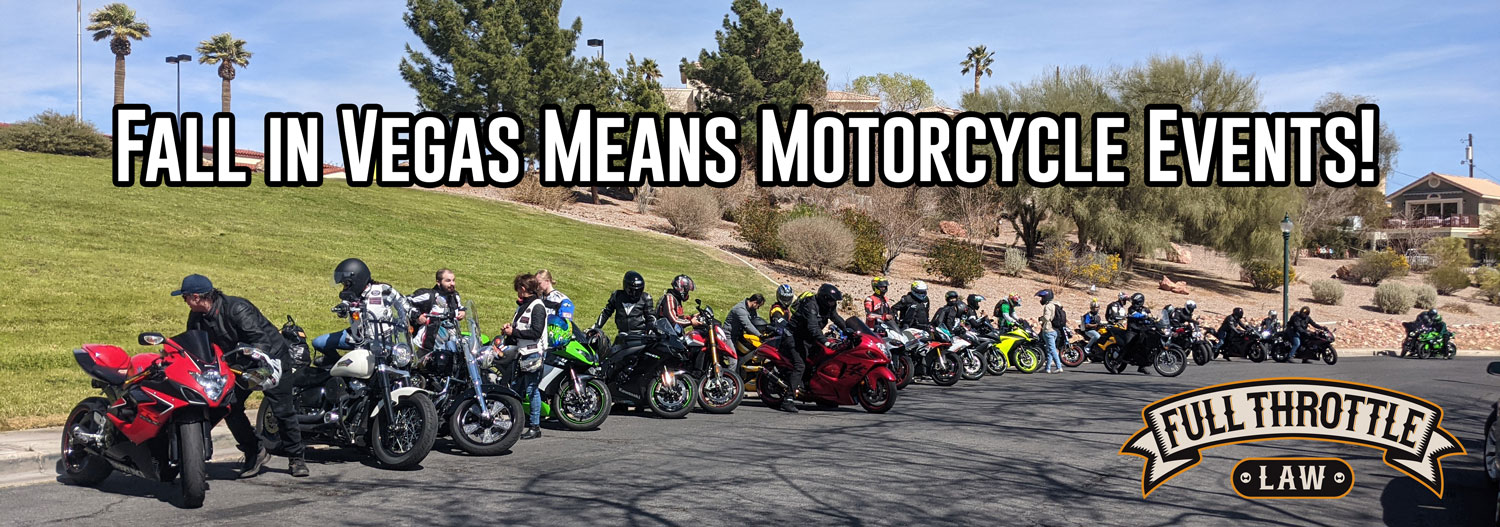In a groundbreaking move, the Insurance Institute for Highway Safety (IIHS) has introduced motorcycle detection testing to their vehicle safety ratings. The results reveal concerning gaps in how modern vehicles detect and respond to motorcycles on the road – gaps that could mean the difference between life and death for riders.
The Test Results Are Clear: Most SUVs Fall Short
The initial testing focused on small SUVs, a vehicle category that continues to grow in popularity. The results paint a troubling picture for motorcycle safety:
The Subaru Forester stood alone with a “good” rating, successfully avoiding collisions with motorcycles at speeds up to 37 mph and slowing significantly (from 43 to 13 mph) before any contact at higher speeds.
The Honda CR-V and Toyota RAV4 earned “acceptable” ratings, while the Ford Escape, Hyundai Tucson, and Jeep Compass received “marginal” scores.
Most concerning were the four vehicles rated “poor”: the Chevrolet Equinox, Mazda CX-5, Mitsubishi Outlander, and Volkswagen Taos. The Equinox, for example, often failed to warn drivers about motorcycles in their path and showed minimal speed reduction in emergency braking situations.

How the Tests Were Conducted
The testing methodology centers around a specialized motorcycle target designed to appear on radar and camera systems just like a real motorcycle. Engineers positioned this target throughout the lane, examining how vehicles respond when approaching motorcycles in different real-world positions. By testing approaches to centered riders, those positioned toward the left for visibility, and those offset to the right for turns or hazard avoidance, the IIHS created a comprehensive picture of how these safety systems perform in everyday riding situations. They positioned motorcycle targets in three different locations – center lane and offset to both left and right. Test vehicles approached these targets at speeds of 31, 37, and 43 mph, evaluating both:
- Forward collision warning systems (how quickly they alert drivers)
- Automatic emergency braking (how effectively they slow the vehicle)
The Impact on Rider Safety
IIHS estimates that if crash prevention technology worked as effectively for motorcycles as it does for cars, we could prevent 500 rear-end crashes involving motorcyclists each year. However, as IIHS Senior Research Scientist David Kidd notes, “Motorcycles are smaller and narrower than cars, making them more difficult for camera and radar-based systems to identify, especially at higher speeds.”
These limitations become even more concerning when you consider that many drivers rely heavily on their vehicle’s safety systems, potentially paying less attention to their surroundings. For riders, this means automatic braking systems might not provide the safety net many drivers assume they have.

Looking Forward
The Motorcycle Riders Foundation has praised the IIHS for including motorcycles in these tests, seeing it as a crucial step toward improving rider safety. These ratings not only help educate consumers about their vehicles’ limitations but also pressure manufacturers to develop technology that better protects all road users.
If you’ve been involved in a rear-end collision, contact Full Throttle Law at (833) 702-7433. As riders ourselves, we understand the unique challenges these safety system limitations present and can help protect your rights.
Note: This article references April 2024 IIHS testing data. Vehicle safety system performance may vary by model year and software updates.






